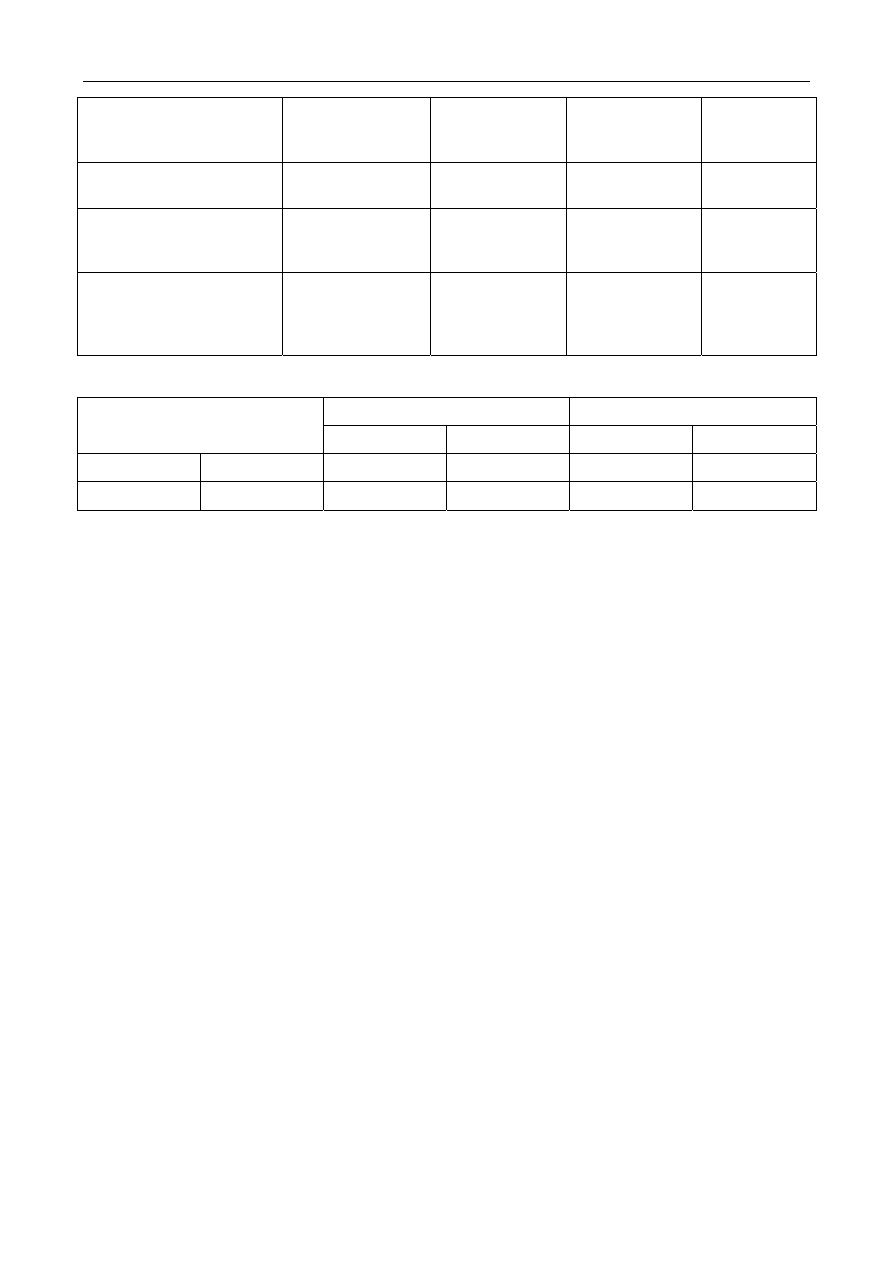содержание .. 350 351 352 353 354 ..
Geely Emgrand X7. Manual part - 353

The upper support of the
shock absorber and piston rod
nut
M12×1.25
60-80 44-59
Mounting support mounting
bolt of front stabilizer rod
M12×1.25×30
79-95 58-70
Connecting bolt between
front suspension
reinforcement plate and body
M12×1.5×30 85-101
63-75
Front axle hub nut (drive
shaft)
M22×1.5 216
160
The locking
nut hits
concavely to
fix.
4.2.1.2 General specifications
No load
No load
Wheel runout
Front Rear Front Rear
Upstroke mm/in 93.4/3.6 116.8/4.6
80.8/3.1 94.5/16.1
Upstroke mm/in
67.5/2.7 73.7/3
80/3.1
96/3.7
1411